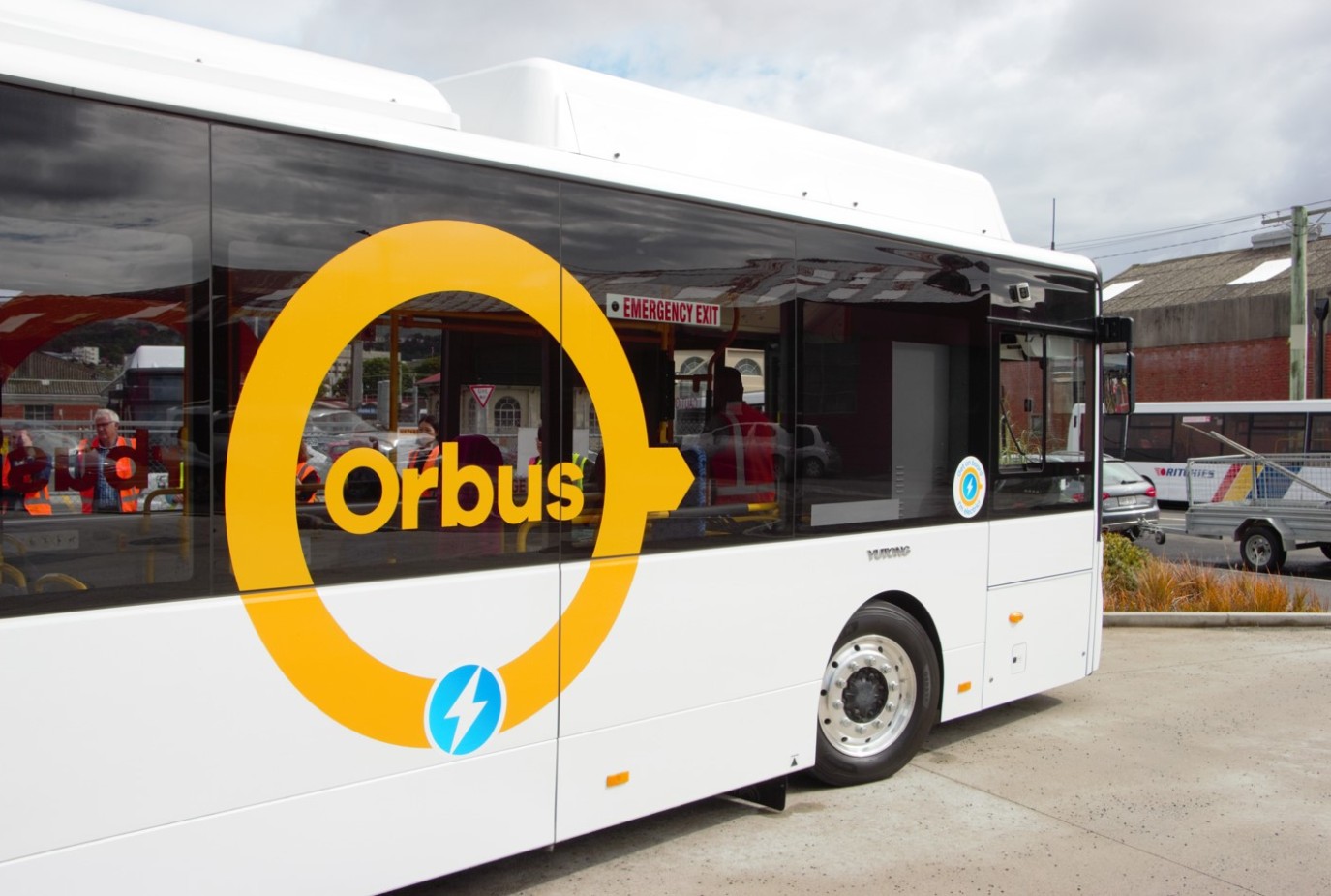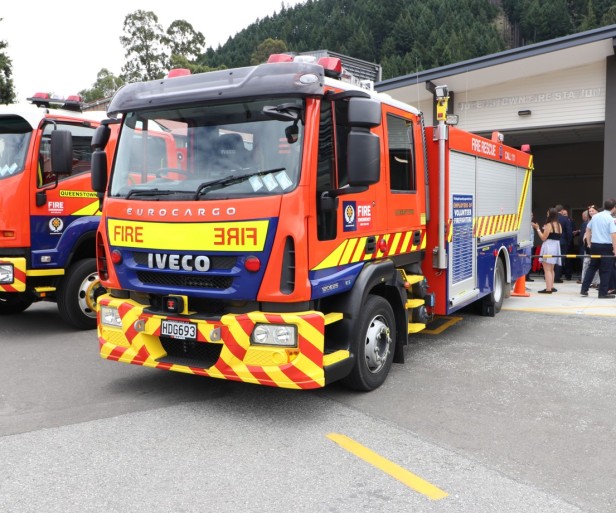Long road to electric buses

A $68 million electric bus depot is one of the big ticket items that will need funding as Queenstown looks to improve and decarbonise its public transport over the coming decades.
Last week, Otago Regional Council endorsed its 30-year Queenstown Public Transport Business Case (QPTBC), which aims to help solve the growing town's traffic congestion problem by providing quality alternatives to private cars.
The plan sets out a staged approach to create "a frequent, high-capacity bus and ferry network running from the early morning to late at night".
"The result would be a bus network that makes it easy for locals and visitors to travel around the Whakatipu Basin without having to plan ahead,” Cr Andrew Noone, co-chair of ORC Public and Active Transport Committee (PATC), says.
ORC oversees the Orbus services in Queenstown and Dunedin, operated by Ritchies, along with ferry services on Lake Wakatipu, operated Queenstown Ferries.
Going electric
As well as increased frequency and capacity, ORC hopes to transition the whole bus fleet to electric, including Queenstown, from 2028 to 2035.
Those e-buses would be articulated, able to carry 110 passengers each, which means fewer drivers will be required compared to running the service with standard buses, a boon for Queenstown where hiring and retaining drivers is difficult.
The first 11 Orbus e-buses roll on to the streets in Dunedin this month, but it is clear from the QPTBC there are many hurdles to clear for Queenstown to be served by a similar fleet.
Chief among them is a 10,000sqm bus depot with the necessary charging infrastructure, where the planned 63 buses could be recharged.
"It is estimated that it will take a minimum of four years to plan, design, and build the depot, which means that work on a depot needs to commence now," the QPTBC reads.
Ritchies operator contract ends in 2028 and the timeframe would mean the publicly-owned depot would be in place by then, enabling ORC to negotiate better terms with any bus contractor.
"Electric and articulated buses will need to be delayed if a depot cannot be built by 2028."
But the estimated cost is $54m plus $14m for land, although ORC has had discussions with Queenstown Airport about potentially leasing land on the Five Mile side of the runway.
ORC is investigating ways to fund the depot other than through rates, including funding from Central Government through the New Zealand Transport Agency Waka Kotahi.
Infrastructure needed
The depot is just one of the infrastructure projects needed for the plan. A $900,000 bus hub on Stanley Street, $1.5m Frankton interchange, $1.2m Five Mile and Remarkables Interchange, $3.1m Northbound SH6 Bus Lane, $1.1m in bus stop modifications, and $500k to alter four intersections, are also identified.
These would be funded through the various agencies involved in the Wakatipu Way2Go partnership, including Waka Kotahi, Queenstown Lakes District Council and ORC. Some already have allocated funding and planning through the $115m Queenstown NZUP programme, including the Frankton Interchange upgrades.
The QPTBC also plans for a new service along Malaghans Road, from Queenstown through Arthurs Point to Arrowtown, and on-demand services to Queenstown Hill and Goldfield Heights, with 10-seater buses. Ferry services fequency would also be increased to every 30mins.
The annual operational costs for are projected to be $21m in 2027 increasing to $26m in 2034.
The next step is the endorsement of the business case by ORC’s Way2Go partners.
Councillor's concerns
However, the new Coalition Government's stance won't be known until it releases the Government Policy Statement (GPS) on land transport next month, setting out its priorities for investment over the next 10 years.
"That's a worry," ORC's Queenstown [Dunstan ward] councillor and PATC co-chair Alexa Forbes, says. "This government has made it clear its priority isn't centralising our transport through public and active transport.
"All our recommendations depend on Waka Kotahi coming to the party with its 50%, or just over, funding. If we don't have that, it's highly problematic."
Transport modelling shows for Queenstown's network to function, rush hour public transport passenger numbers will need to be 592 people per hour on SH6A by 2027, and 1466 by 2053. The current max capacity is 260 pph.
"From my own thinking, not the council's, I'm not sure the business case goes far enough," Forbes says.
"We're too far down the track of congestion now. It's more frequency, more services, but it's not actually adding the revolutionary step change we need to make public and active transport really work in this region.
"It's not that I don't have faith in the business case, I do, I'm pleased with the work that's gone into it. But there are real barriers and we've already missed the boat on some things, such as buying lands for bus lanes."
Queenstown's bus patronage is at a six-year high, with 920,000 trips taken in the second half of 2023. That's a 44% increase on the same six-month period in 2022.









